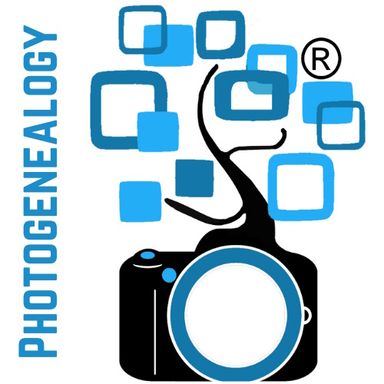Equipment
I often get asked about different types of photogenealogy equipment, and while I do not provide recommendations,
I am happy to share what I use or give some examples of the equipment available.
You can browse all the equipment examples by scrolling downor you can jump directly to "Tools & supplies" or "Scanning & digitising devices".
When referring to "photo-safe" I mean that a product conforms to strict
photographic ISO standards and/or has passed the Photograph Activity Test (PAT).
You may came across "photo-safe" being used elsewhere
without the product conforming to these strict standards.
Tools & supplies
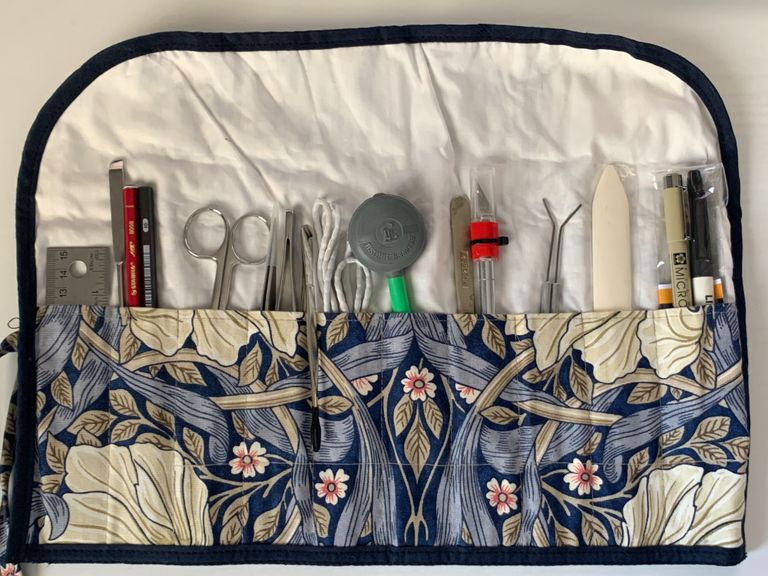
Photogenealogy tool roll
I love my tool roll! It contains a steel ruler, scalpels and scissors and tweezers. Photo-safe pencils and an "archival" ink pen for writing on negative and slide sleeves. An acid testing pen. A dust blower. Weighted cord. And various "pokers", "prodders", "folders" and "lifters".
Most of these tools never get anywhere near old photos. They are used in Part 2 of Photogenealogy when carrying out Share Projects.
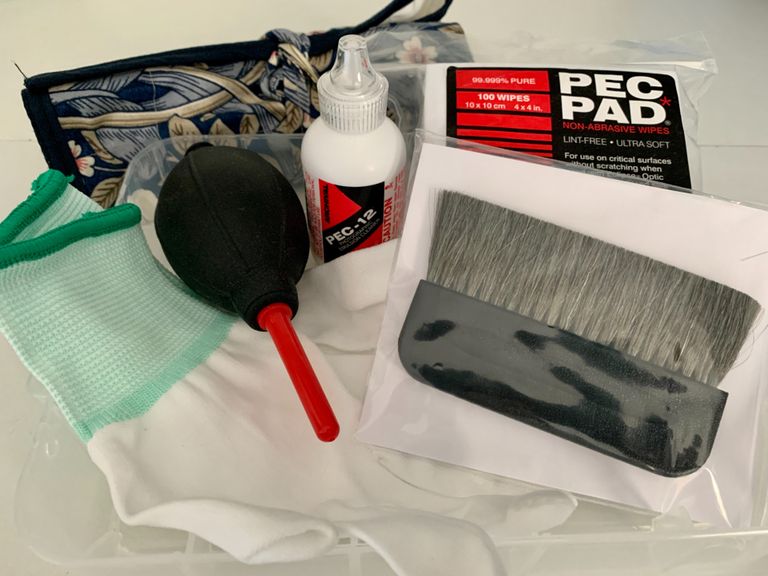
Cleaning equipment
Gloves, lint-free cotton or powder-free nitrile, or finger cots are good for protecting old photos from the natural oils on our hands. Bulb blowers are excellent for blowing away dust and anti-static brushes are good for this too. PEC cleaning fluid and pads are suitable for cleaning modern prints and slides and negatives, but not old photos.
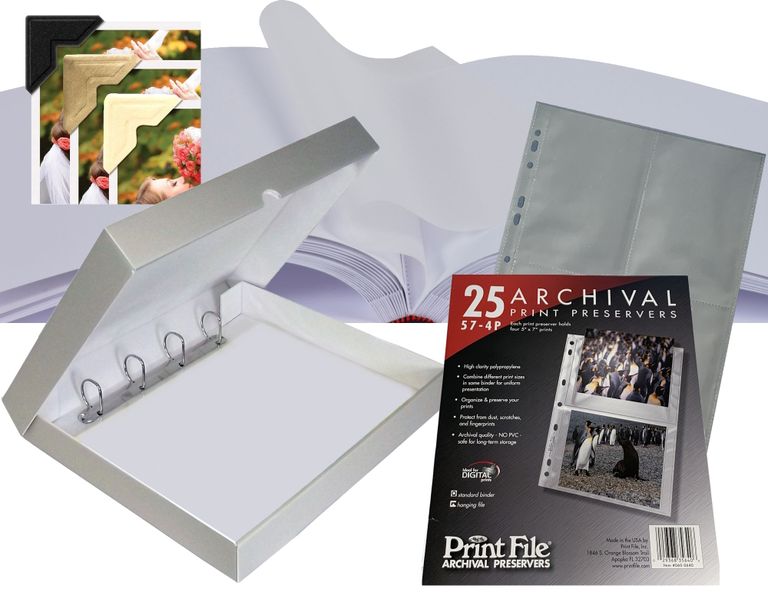
Preservation supplies
How long have you got? I love preservation supplies too - they are like stationery on steroids (have you ever met a family historian who doesn't love stationery?).
The range of supplies is too large to include here, so instead I am going to give you links to the suppliers I use in the UK: Preservation Equipment Ltd and CXD International.
I advise a nice coffee, a piece of cake and a good browse!
Contact me if you are out with the UK and I might be able to suggest reputable suppliers where you are.
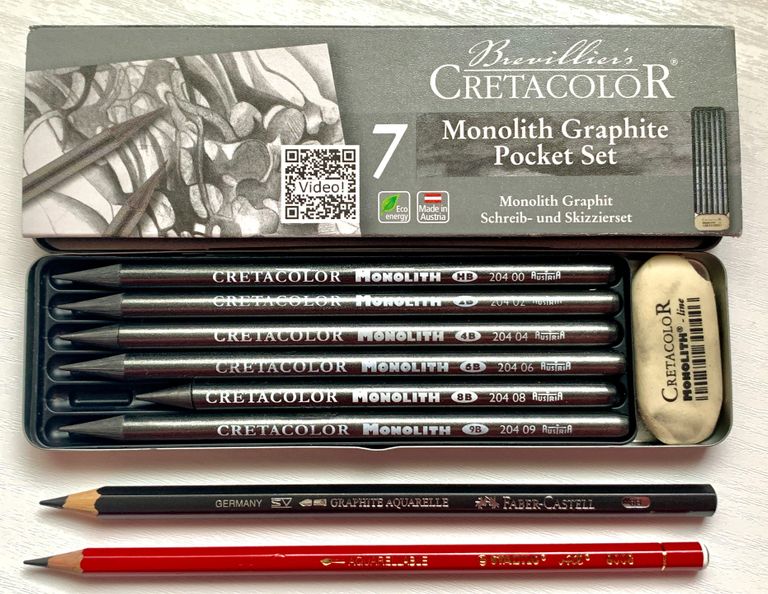
Photo-safe pencils
Any soft graphite pencil can be used to write gently on the back of old photos.
Resin coated modern prints are difficult to write on with ordinary graphite pencils. Instead you can try Aquarelle Water-Soluble Single Pencils or Stabilo All Pencils or my favourites, Cretacolour Pencils.
"Archive quality" pens exist but I would not recommend using any type of pen to write on a photo.
Scanning & digitising devices
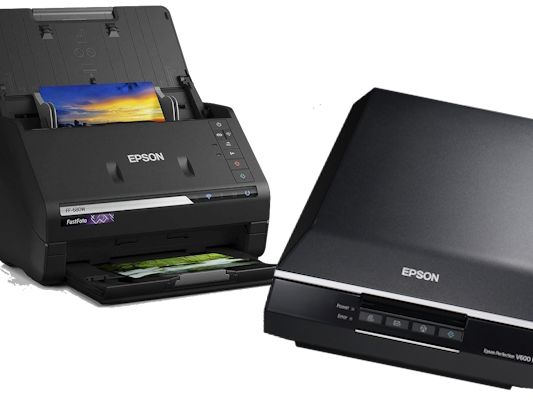
"Go to" Epson scanners
This was the "Go to" scanner combination for many people: the Epson FastFoto for high-speed scanning of modern prints and the Epson Perfection V600 for old photos, slides and negatives. They were the perfect combo.
Unfortunately, the Epson Perfection V600 has been discontinued (possibly due to the arrival of mobile phone "scanning" apps). It is still possible to get one second hand but they command a high price. An alternative is the Epson Perfection V850 Pro at nearly a £1000 new!
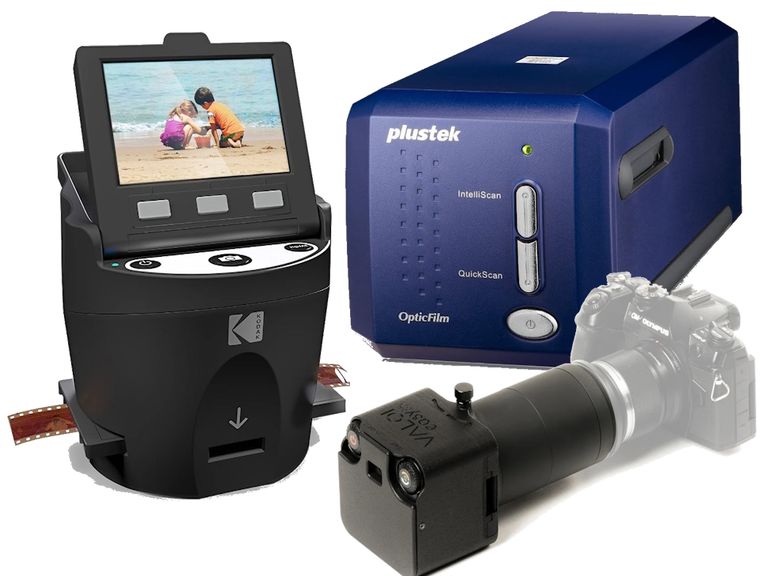
Digitising devices
There are a range of digitising devices that can digitise slides and negatives, e.g. the Kodak Scanza or the Plustek range.
Always check what quality images you can get with these devices, Sometimes high quality is claimed but AI is used to boost the quality of images
These digitising devices can be used in combination with a flatbed photo scanner, e.g. Canon CanoScan LiDE 400
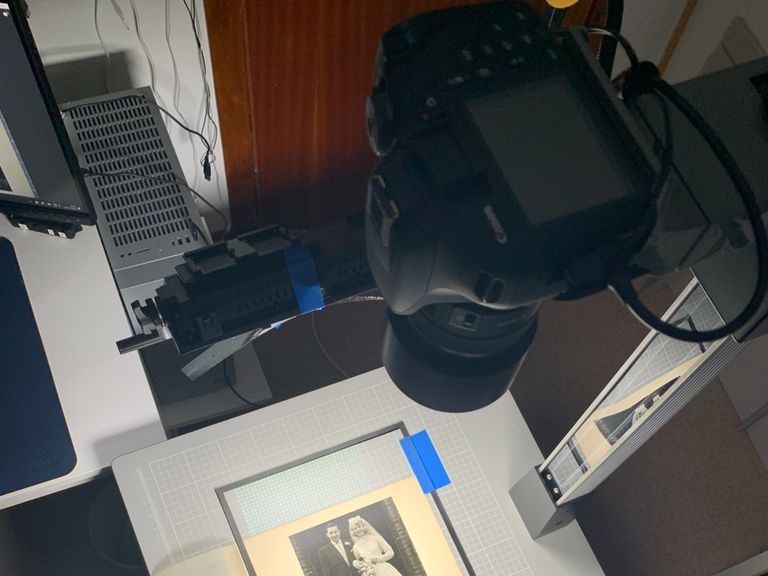
Camera scanning equipment
Using a DSLR or mirrorless camera to digitise your family history photographs is one of the fastest, most versatile and high quality ways to digitise photos of any type or size, and 3D objects like family heirlooms. But it is not cheap and it akes time to learn.
If camera scanning appeals to you take a look at my camera scanning video.
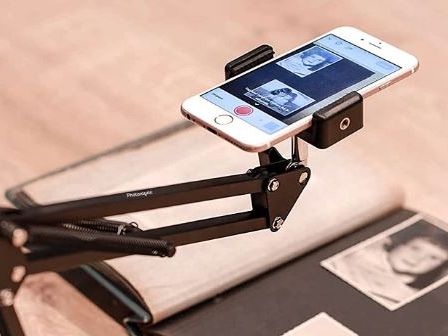
Mobile phone scanning apps
The quality achieved when digitising with a mobile phone app depends on the app, the phone you use, how many photos you digitise at the same time, the lighting and how steady you hold the phone.
A mobile phone scanning app has the benefit that you always have a scanner with you, if you have your mobile phone with you.
